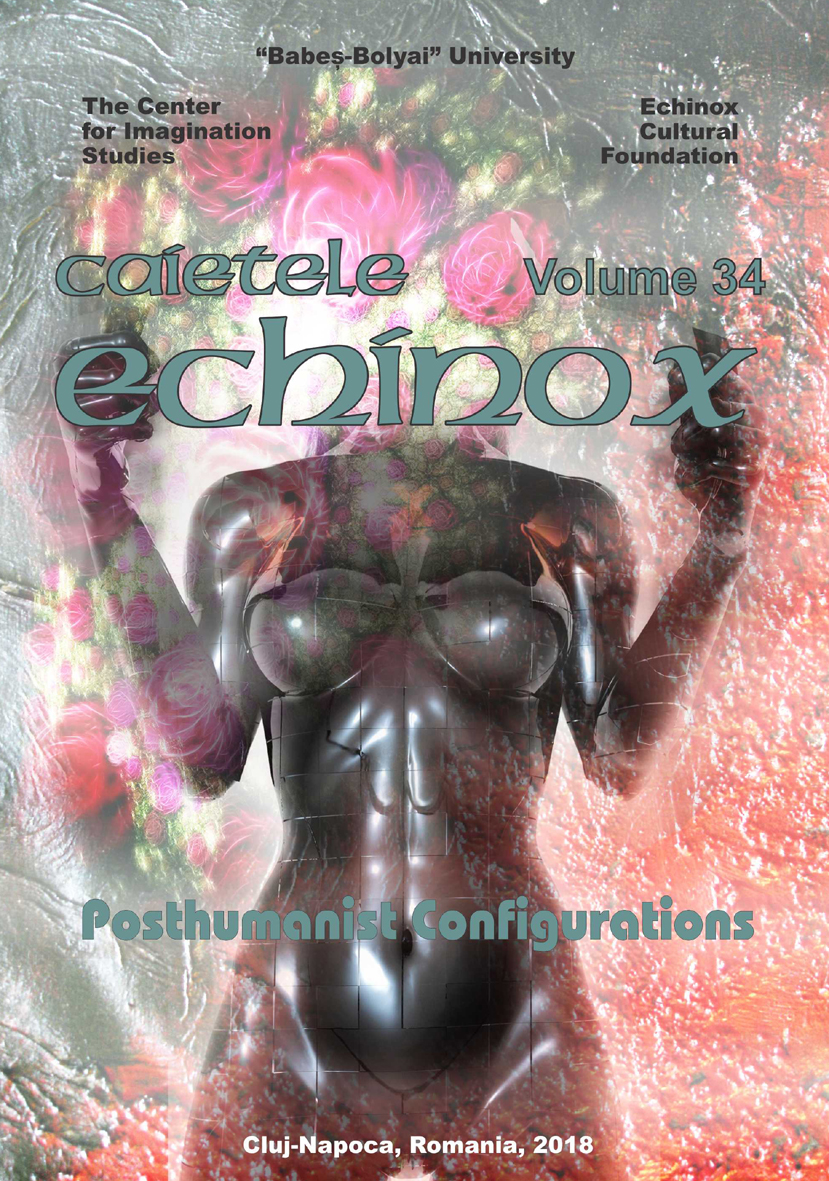Replicant Theologies of the Early Robocene or The Covenant of Procreating Replicants, Cybernetic Fertility and Divine Androids
Replicant Theologies of the Early Robocene or The Covenant of Procreating Replicants, Cybernetic Fertility and Divine Androids
Author(s): Doru PopSubject(s): Language and Literature Studies, Studies of Literature, Film / Cinema / Cinematography
Published by: Universitatea Babeş-Bolyai
Keywords: Cybernetic Posthumanity; The Posthuman Subject; Posthuman Bodies; The Posthuman Condition; Posthuman Culture or Posthuman Society.
Summary/Abstract: The main premise of this paper is based on the hypothesis that classical definitions about posthumanism are now contested by the transformations in artificial intelligence research. These, in turn, are manifested in imagining a posthumanity which appears in recent cinematic representations. The most important argument here is that we are at the dawn of a new era, where humans and thinking machines are substituted by procreating humanoids. This makes the cyborg metaphor, which was central to posthumanistic thinking, be replaced by a new humanoid paradigm, one in which the hybridization between artificial intelligence and humanity is no longer desired, robots being rather presented as no longer needing human-like features. In fact another posthuman imaginary is developing, which is pushing the boundaries beyond the transhumanist framework. Cybernetic systems are no longer mimicking humanity, but rather tend to exist as autonomously living beings, with our technologies no longer menacing to replace human life, but rather representing a parallel alternative to human existence. Finally the author proposes the concept of “robocene,” designed to replace the geological and political idea of the “anthropocene,” suggesting that an era in which androids, robots or cyborgs no longer need humanity is already manifest. Such possible transformations of human-humanoid interactions are interpreted by using two case studies, two cinematic posthuman narratives from the science fiction genre – two 2017 productions centered on new representations robotic life: Blade Runner 2049 and Alien: Covenant.
Journal: Caietele Echinox
- Issue Year: 2018
- Issue No: 34
- Page Range: 132-142
- Page Count: 11
- Language: English
- Content File-PDF

